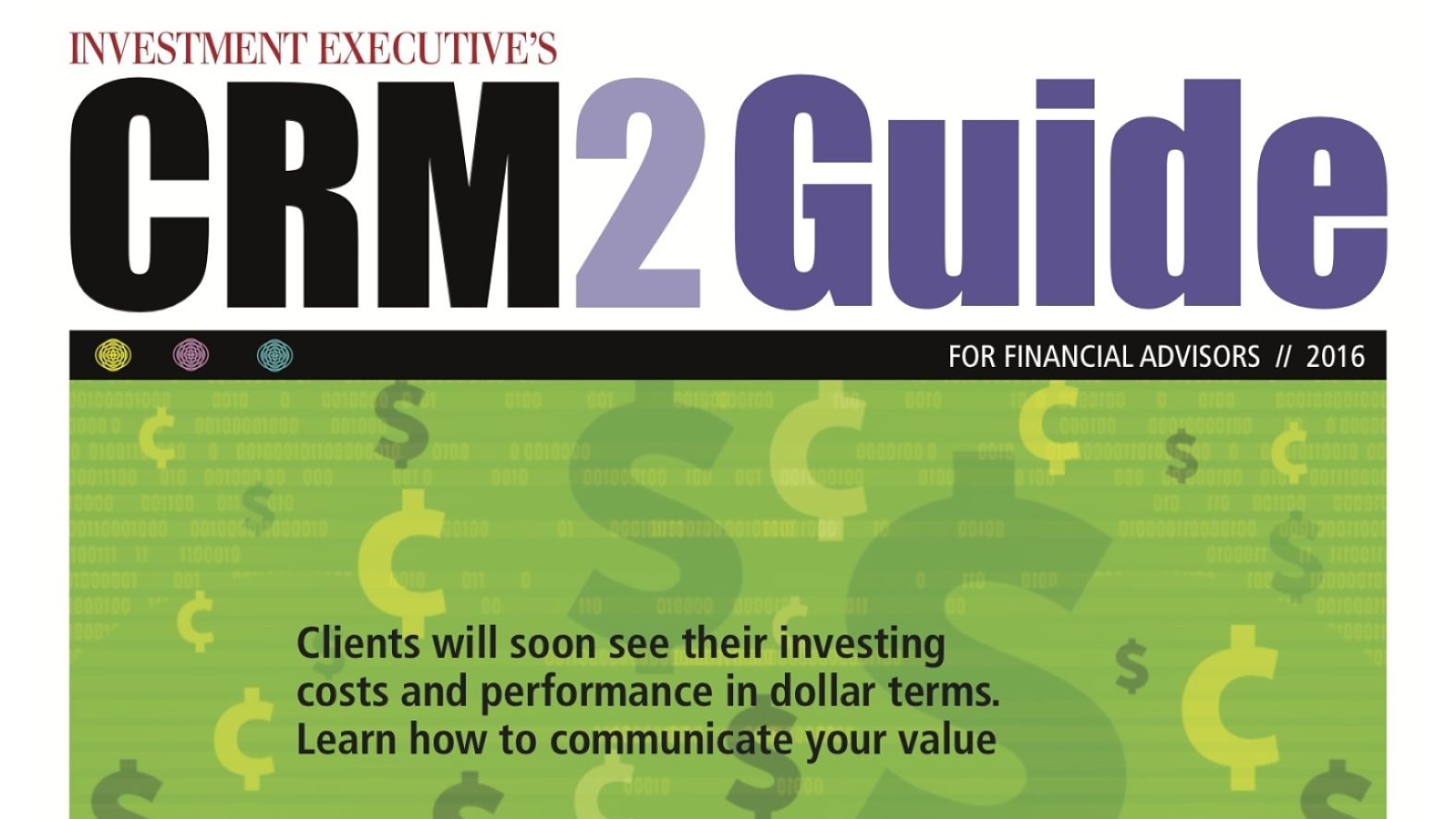
A financial advisor’s ability to understand the new fee and performance reports in client account statements introduced as a result of the second phase of the client relationship model (CRM2) is critical for having successful and proactive conversations with clients, according to a panel of financial services industry insiders who spoke Investment Executive’s third annual CRM2 Breakfast Seminar in Toronto on Tuesday.
“[There’s] actually a lot of complex information found on the performance and fee reports,” said Naomi Solomon, managing director with the Toronto-based Investment Industry Association of Canada. “In order to have those conversations with the client, the advisor should be well prepared to understand the format that the report takes … what is being presented and why it is being presented that way.”
The reporting on fees will be an “interesting beast” to tackle as the operating and transactional charges will be divided into their own categories and, for the first time, investors will see the compensation that financial services firms receive from third parties, such as investment fund managers, noted Darrell Campfield, vice president of strategic solutions with Toronto-based Broadridge Financial Solutions (Canada) Inc.
However, advisors should not discount the confusion that investors will likely feel when they see their performance reports, suggested Keith McLean, president and chief investment officer of Sphere Investment Management Inc. in Toronto.
“I’m not sure people are spending enough time on [understanding performance calculations]. I think people are focused on fees, fees, fees,” said McLean. “But I think that performance calculations are going to take a lot of time [to comprehend], and I think people need to get focused on what the rules are there.”
CRM2 regulations require performance reports to include a money-weighted return, which places more emphasis on investors’ cash flows within the account. Historically, some firms have presented rates of return based on a time-weighted calculation, which emphasizes the investment fund manager’s performance.
The difference in how the money-weighted and time-weighted rates of return are calculated could actually lead to two different results for the same account, according to David Mastroberardino, product director with Montreal-based Croesus Finansoft Inc.: “We have to prepare advisors and help them understand how these calculations are being produced.”
Advisors should consider getting a head start on understanding those calculations and figuring out ways to communicate them to clients by asking their firms to provide samples of what the differences in the calculations could be, McLean suggested.
However, the most difficult question that investors may pose to their advisors concerning the new reports is why investors have not seen information related to fees and performance presented this way before, warned Mastroberardino.
Anticipating clients’ questions and their reactions is an important way to prepare for conversations around CRM2, said Campfield: “It’s a hard thing to do but if you understand the nature of the changes that will happen and you can kind of predict the nature of the reaction that the clients are going to have, it will help you shape the message.”